U.S.-based Lightfighter Racing is redefining track performance with its 177kg, 150bhp electric superbike, already winning against 1000cc petrol machines.

Subscribe to our Telegram channel for instant updates!
American start-up Lightfighter Racing is proving that the future of motorsport might not belong to petrol at all. With their third-generation electric race bike already beating superbikes on U.S. tracks and a fourth-generation machine in development, the California-based team is determined to prove that electrons can outshine combustion.
From TT Zero Roots to Trackday Revolution
Lightfighter was born from the vision of Ely Schless and Brian Wismann, the latter formerly leading Zero Motorcycles’ development and later Victory Racing’s Isle of Man TT Zero efforts. Wismann’s background in electric racing includes a second-place finish at the 2016 TT Zero with William Dunlop, an experience that highlighted the limitations of bulky, battery-heavy machines.
That mission has guided Lightfighter from the start. Rather than chasing massive battery packs for endurance, they’ve honed a machine built for agility, balance, and outright speed over trackday and club racing distances.
Winning Against Petrol Rivals
The results are already making waves. Lightfighter competes in the American Federation of Motorcyclists (AFM) series and has taken wins in every class it has entered, including Middleweight Superbike, Formula 2, Formula 1, and Open Superbike.
Their lead rider, Brenden Ketelsen, currently tops both the Middleweight Superbike and Formula 2 standings with just two rounds left, proving that the 177 kg electric machine can go wheel-to-wheel with fully race-prepped 1000cc superbikes.
Performance Specs: Torque and Technology
The latest Lightfighter V3 weighs 177 kg and delivers 150 bhp with 240 lb.ft of torque in unrestricted form. Riders can adjust their power delivery, tailoring output, regen, and top speed to their preferences or class restrictions.
At its core is a Parker Hannifin magnetic motor package, re-engineered in-house with a bespoke rotor shaft. Instead of neodymium magnets, Lightfighter uses samarium cobalt magnets, which actually strengthen as they heat, tolerating temperatures up to 200°C and allowing sustained high performance under racing conditions.
The motor is water-cooled directly through the stator, a slim design that saves space and weight.
Battery Engineering for the Track
The bike runs on a 12.5 kWh air-cooled battery, enough for a full day’s racing with strategic management. Safety is enhanced by Cell Guard, a system that monitors temperature spikes or electrolyte leakage and automatically escalates alerts to the rider before shutting down if necessary.
The pack is also swappable within minutes and expected to last at least three racing seasons. Riders can even remove and service cells as needed, an unusual level of serviceability in an EV.
Chassis and Handling
The Lightfighter V3 chassis combines a steel trellis frame with Öhlins FGR forks and a monoshock. Adjustability is streamlined to focus on real-world race tuning: offset, ride height, and linkage ratios. This setup emphasises stability and predictability, giving riders the confidence to push hard at lean angles.
The Road Ahead
Lightfighter is not standing still. On September 12, 2025, the team will unveil the bike destined for MotoAmerica competition, a refined V3 platform with incremental upgrades. Behind the scenes, the fourth-generation Lightfighter is already taking shape, promising litr e-bike levels of performance with only a marginal weight increase.
To get there, the team is ramping up its development program with professional riders and launching a Design Partner Scheme. Ten early adopters will join nine track events through 2026, giving direct input on performance and usability. Their feedback will shape the production of Lightfighter, slated for a limited release in 2027, marking the first time the machine will be available to buy.
A New Dawn for Racing?
Lightfighter Racing’s journey shows that electric motorcycles are no longer a novelty or “battery races” limited by endurance. Instead, they are genuine contenders, capable of winning against petrol superbikes on equal footing.
The company’s ambition is not just to create a competitive EV, but to redefine the track motorcycle itself. If the next generation delivers on its promise, the Lightfighter could spark a revolution in motorsport, one where silence doesn’t mean slower.




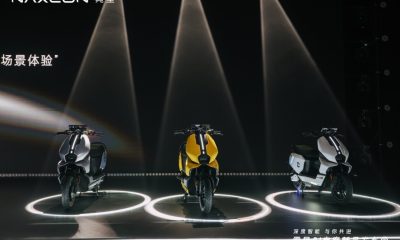

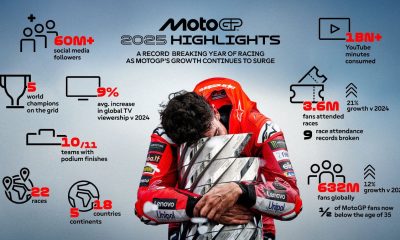

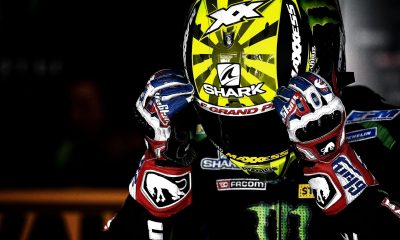

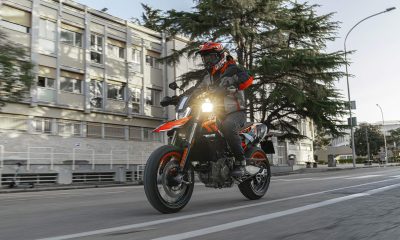
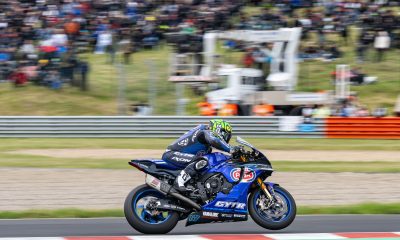
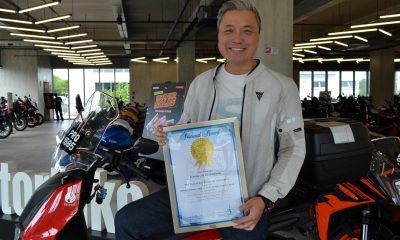
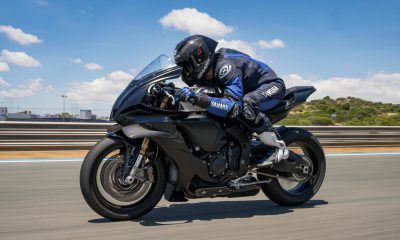

















Facebook
Instagram
X (Twitter)
YouTube
LinkedIn
RSS